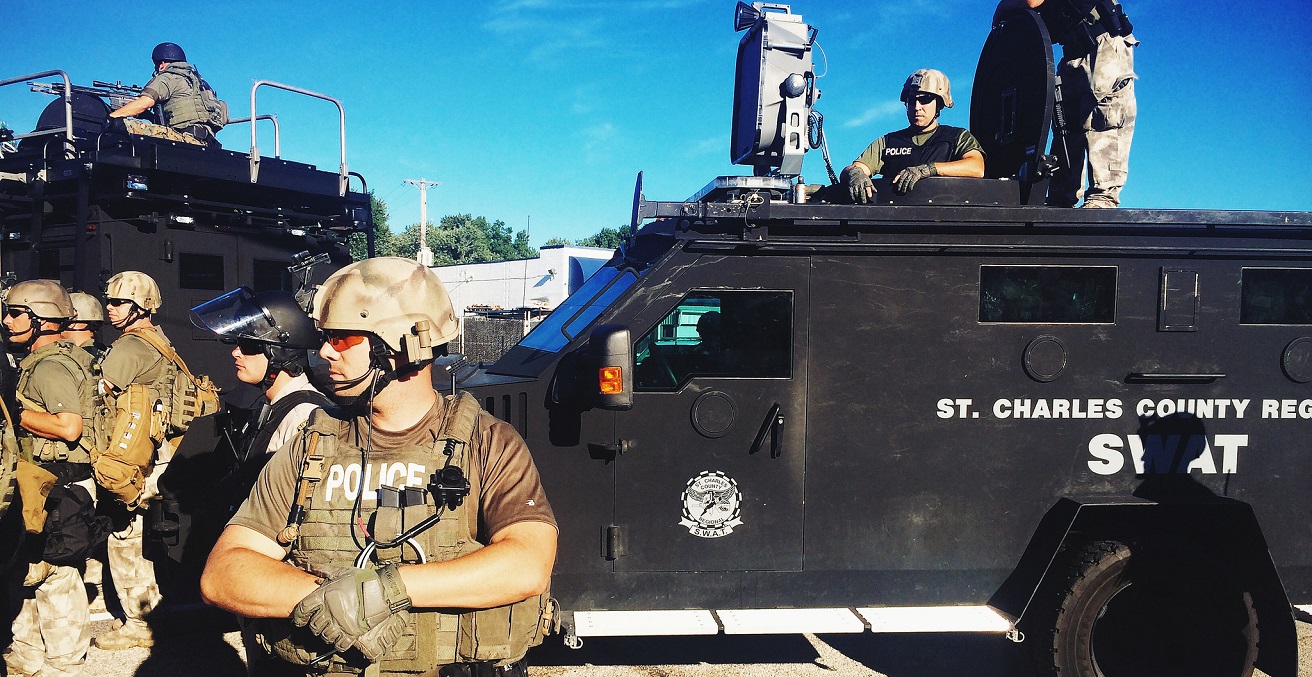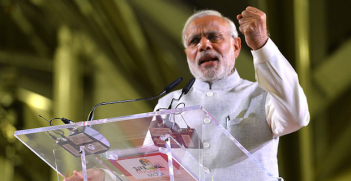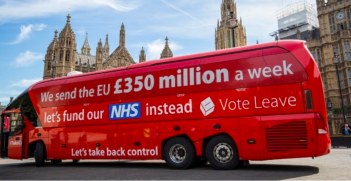Police Militarisation, Racism, and Colonialism

The blurring of the line between the police and the military runs counter to the democratic ideal of police as a protective service. This highlights the repressive role of police in establishing and maintaining colonial relations of power.
The global Black Lives Matter movement shone a spotlight on police militarisation. Police militarisation is marked by the integration of military training, weapons, equipment, and philosophy into policing. It is reflected through close ties between the police and the military, including the recruitment of former military members, joint training and operations, and the integration of military-style uniforms, equipment, language, and weapons into policing. Militarisation also includes the establishment of paramilitary groups styled on military special forces, such as the Special Air Service (SAS), into police organisations, and the blending of paramilitary styles of policing into everyday policing.
The approach to use of force and the way the police view the community are critical features of militarisation. Militarisation is most obvious when police, particularly groups of police, use overwhelming or deadly force against targeted groups or individuals; don riot gear or commando style uniforms; use military hardware, such as tanks, drones, and helicopters; or are armed with assault weapons or use tear gas, pepper spray, rubber bullets, and the like against peaceful protesters. At heart, however, the most telling dimension of police militarisation is the division of the community into “us,” and “them.”
War making and keeping the peace
The military’s core role is to engage in war, while police are required to keep the peace. According to law, police may use force, including deadly force, but only in self-defence, defence of others, or to effect an arrest. Consistent with human rights and the ideal of police as a protective force, police force must be proportionate and only the minimum necessary. The military, on the other hand, may use overwhelming force to kill enemies and destroy property. Police militarisation promotes a “warrior mentality” where survival and the use of force are paramount. The separation of the police and the military is based on the idea that it prevents police from adopting a mindset where they treat those they are sworn to protect as enemies.
The trend towards police militarism
A trend towards police militarisation, though uneven and non-linear, can be mapped over the previous half century. Degrees of militarisation exist between and within police organisations. The United States is the exemplar of police militarisation in the democratic world. While a strict demarcation between the police and the military has traditionally been considered a tenet of democracy, models of policing in the West have been militarised from the beginning.
A key marker of militarisation in the contemporary period is the establishment of paramilitary groups in police organisations in the late 1970s. These groups have close ties with military special forces groups and use military-style weapons not available to regular police. In Australia, the police paramilitary units are not dissimilar to the Australian Defence Force SAS.
Although originally rationalised as necessary to counter terrorism, the paramilitary police groups’ activities have been progressively integrated into a wide range of everyday police operations. Additionally, the groups, ethos, culture, training, weapons, tactics, and equipment have percolated down to other non-specialist areas of policing.
Another key marker and facilitator of militarisation that has gathered momentum over the last half century has been the integration of martial language into criminal justice frameworks. The various overlapping wars on terror, drugs, and refugees, among others, have worked to construct the targets of these “wars” as enemies so that punishment, rather than justice, becomes the objective. Social, economic, and political issues are reframed as crime problems, and human rights concerns are eclipsed by national security concerns. Police organisations are often at the forefront of promoting the “war on crime” rhetoric, aiming to cement political support for expanded police powers, increased police budgets, and tacit licence to use excessive force.
Police militarisation and colonialism
One critique of police militarisation is that it runs counter to democratic traditions, especially in Anglo-American countries that have historically maintained a demarcation between the police and the military. This framing suggests, not unreasonably, that a close relationship between the police and military is a feature of authoritarian regimes. It fails, however, to acknowledge the history of police militarism in the colonial practices of Western powers. The police tactics targeted at First Nations people in Western countries mirrored the counterinsurgency tactics originally developed by the British and the French in colonial contexts. As civil rights and racial equality became democratic norms, militarised policing contributed to the reproduction of racial caste systems through mass incarceration of racialised minorities.
Police militarism, racism and violence
Police as gatekeepers of the criminal justice system are key to criminalisation. The “thin blue line” drawn between suspect and innocent, chaos and order, criminal and victim, friend and foe, us and them, community and other, civilian and enemy is most deeply etched in “race.” According to the American Civil Liberties Union (ACLU) “One out of every three black boys born today can expect to go to prison in his lifetime…” First Nations people in Australia are the most incarcerated people in the world, making up only two percent of the adult population, but accounting for at least 27 percent of the prison population.
Police militarisation leads to more confrontational, violent, and deadly policing. The burden of militarisation falls disproportionately on racialised minorities. An ACLU report found that “the use of paramilitary tactics and weapons primarily impacted people of color.” Fatal police shootings of unarmed black people in the United States are three times higher than white Americans.
The situation is similar in Australia with the killing of First Nations people by police echoing frontier violence, including massacres, carried out by police. In 2016, Justice Debra Mortimer considering claims of racial discrimination over the police investigation of the death in police custody of an Aboriginal man on Palm Island, Queensland, and the policing of the unrest that followed, concluded:
the QPS [Queensland Police Service] commanding and investigating officers on Palm Island at this time would not have had that attitude if this tragedy occurred in a remote, close-knit, but overwhelmingly non-Aboriginal community… But on Palm Island, QPS commanding and investigative officers operated with a sense of impunity, impervious to the reactions and perceptions of Palm Islanders, and very much with an ‘us and them’ attitude.
Justice Mortimer found that:
The effective closure of the island and the imposition of a disproportionately large police presence on the island, including armed SERT [the paramilitary Special Emergency Response Team] officers, occurred because the unrest had taken place in an Aboriginal community… An overwhelming show of force against that community was the instinctive reaction of the QPS officers responsible.
While non-white identities continue to bare the heaviest burden of police militarisation, others especially those marginalised by poverty, discrimination, and as activists and protesters are also at greater risk. The “thin blue line” is also fortified along the line of economic winners and losers, a divide made more radical under neo-liberalism where the welfare state has morphed into what has been termed a “crimefare” state.
Militarisation and the legacy of empire
The death of Queen Elizabeth II sparked debate about the violent legacy of empire. The embers of grief, sorrow, and resistance to colonialism smoulder through generations of colonised and enslaved people around the globe. Police militarisation remains at the front-line of the ongoing history of colonialism and the crimes against humanity that established and now maintain it.
Jude McCulloch is an Emeritus Professor of Criminology at Monash University. She has written extensively on the blurring of the line between the police and military and what this means for crime and justice. Her book Blue Army: Paramilitary Policing in Australia remains the only in-depth study of police militarisation in Australia.
This article is published under a Creative Commons Licence and may be republished with attribution.





